Fractional horsepower motors are small motors that run with a power rating of less than one horsepower, or a fraction of a horsepower. Built on a frame, manufacturers simply refer to fractional horsepower motors as FHP motors. Read More…
At AutomationDirect.com, we specialize in providing a wide range of electric motors and electronic enclosures to meet our customers' diverse needs. Our commitment to excellence drives us to offer top-quality products that deliver superior performance and reliability. With our extensive selection of electric motors, ranging from AC motors to DC motors and everything in between, we empower...

When reliability and power are a must, the universal motors you find at ElectroCraft can operate with high efficiency, low voltage, and at a low cost. Applications that our universal electric motors serve include robotics, packaging, automotive, and medical equipment. Electric motor products include the CompletePower™ Plus Universal Drive, complete with a user-friendly configurable interface....
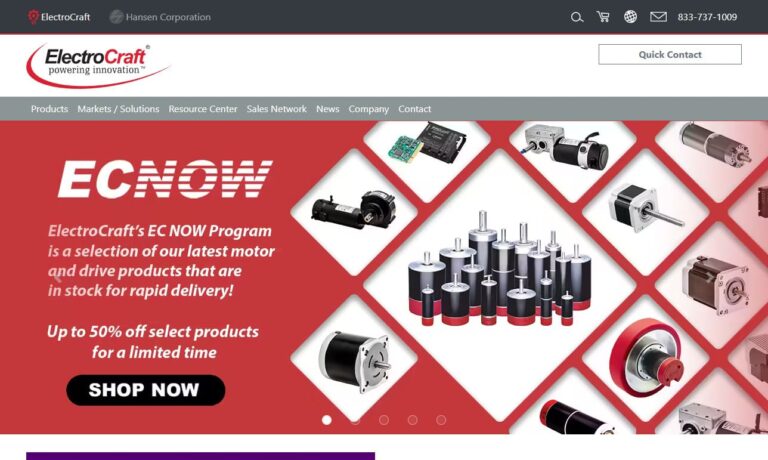
Allied Motion Technologies is a leading designer and manufacturer of high-quality fractional horsepower motors, DC motors, AC motors and much more. Focused exclusively on serving the motion control market, we serve commercial, aerospace and defense markets. For more information about Allied Motion Technologies` excellent motors, please give us a call or visit our website!
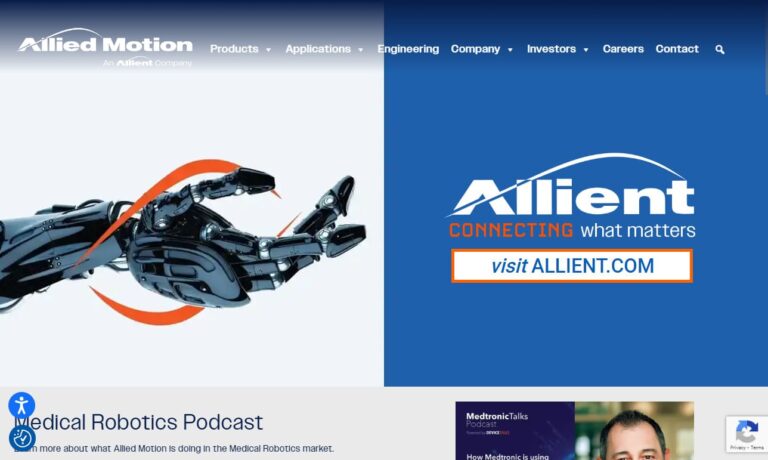
Johnson Electric is a major manufacturer of fractional horsepower motors, permanent magnet motors, stepper motors and gearboxes. We offer new solutions for the automobile industry, which provide our customers with both security and satisfaction. We've served a variety of industries since 1920.

When you choose Composite Motors, you gain access to a reliable and forward-thinking partner in the realm of fractional horsepower motors. Our products are designed to endure, ensuring that your systems operate at their best for years to come. Join us in embracing the power of innovation and quality, as we continue to shape the future of fractional horsepower motors together.
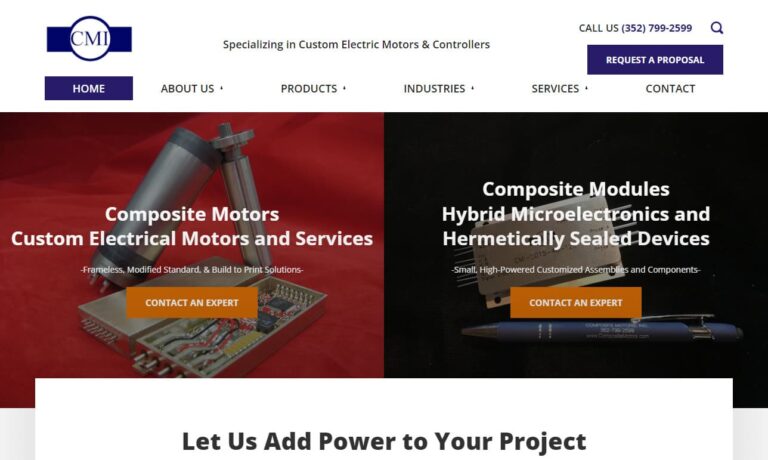
More Fractional Horsepower Motor Manufacturers
FHP motors are typically categorized by their frame size and the total fractional horsepower they deliver. For instance, motors with frame sizes of 42, 48, and 56 can still be classified as FHP motors, even if they exceed one horsepower. Generally, to qualify as an FHP motor, a small electric motor must have a power output of 746 watts or less.
Applications
Fractional horsepower motors are essential across many industries and daily devices because of their compact size, efficiency, and versatility. In the industrial sector, we rely on these motors for small machinery and equipment, including pumps, fans, blowers, conveyors, and compressors. Their capacity to provide sufficient power in a small footprint makes them perfect for automation and manufacturing processes, where precision and reliability are key.
In the automotive industry, fractional horsepower motors are crucial for a range of components, such as power windows, windshield wipers, seat adjustments, and HVAC systems. Their precise control and compact design are key to improving the convenience and comfort of modern vehicles.
In the medical field, fractional horsepower motors play a crucial role in devices like infusion pumps, blood analyzers, and dental equipment. Their low power consumption, reliability, and quiet operation make them especially valuable in medical settings, where precision and patient comfort are essential.
Fractional horsepower motors are essential in the HVAC (Heating, Ventilation, and Air Conditioning) industry, where they drive components such as fans, compressors, and air handlers. Their energy efficiency and adaptability to different loads are crucial for maintaining effective temperature control and ventilation across residential, commercial, and industrial environments.
In the consumer electronics market, fractional horsepower motors are widely used in appliances such as refrigerators, washing machines, vacuum cleaners, and kitchen mixers. Their compact size and low noise output make them especially valuable in household devices, where space efficiency and user comfort are key priorities.
Fractional horsepower motors are widely utilized in the aerospace and aviation industries, powering small actuation systems, control surfaces, and robotics. Their lightweight and robust performance makes them ideal for these demanding applications.
In summary, fractional horsepower motors are integral to many industries due to their reliability, efficiency, and compact design. They are essential in industrial machinery, automotive systems, medical devices, HVAC equipment, consumer electronics, aerospace, and aviation. As technology evolves, these motors’ applications will likely broaden further, fostering innovation and boosting efficiency across various fields.
History
Nikola Tesla invented the induction motor, a fundamental technology behind fractional horsepower (FHP) motors, in 1888. Although Tesla’s invention paved the way for motor power, the widespread use and production of FHP motors did not gain momentum until 1915. This surge in adoption coincided with the expansion of electric utilities in urban areas. Among the first consumer applications were washing machines, which utilized FHP motors. The rapid integration of FHP motors into various appliances led to a remarkable proliferation, with over 500,000 functioning FHP motors operating across the United States by 1920.
After World War II, the FHP motor manufacturing industry saw a significant boost as consumer goods demand soared. Since then, the need for these environmentally-friendly motors has consistently grown, expanding their range of applications. Today, FHP motors are integral to automotive systems, power tools, small machinery, and various appliances. Their practicality has ensured their enduring popularity. By 2017, experts valued the European FHP market at approximately 4.5 billion USD.
Design
When designing or choosing a fractional horsepower motor, manufacturers need to consider several key factors tailored to their specific applications. These factors include the maximum and minimum torque required, the desired speed range, speed variability, reversibility, acceleration from powered down to full power, and the decision on whether to use brushes.
Horsepower measures the amount of work a motor can accomplish over a specific period.
Torque is the measure of the rotational force a motor is capable of generating.
In this context, speed refers to the rate at which the motor rotates.
FHP motor manufacturers consider factors such as your motor type, bearings, enclosure, mount, power supply, and thermal protection.
Bearings need to be chosen based on their compatibility with the application’s weight and speed/torque requirements. Some bearings excel in handling heavy-duty loads, while others are designed for lighter loads. Manufacturers often select from options such as ball bearings for heavy axial loads, sleeve bearings for various uses, and needle bearings for high-speed applications.
We design enclosures to shield the motor from external factors such as corrosion, impact, and chemicals. Our team chooses the appropriate enclosures based on the motor’s size, shape, and protection needs.
Manufacturers powering FHP motors typically opt for single-phase AC power supplies, although AC three-phase and DC power options are also available. They choose the voltage based on application needs, considering factors such as regional requirements, with European and Asian markets often necessitating different motor voltages.
Thermal protection is a critical feature designed to shut off the motor when it reaches a specified temperature, just below the point of overheating. Manufacturers typically set this shutdown temperature slightly lower than the motor’s maximum safe limit. The most common thermal protection mechanisms include manual reset switches and automatic reset switches. Manual reset switches require operators to reset them manually after the motor cools down, whereas automatic reset switches will automatically restart the motor once it has cooled.
Manufacturers can tailor features such as voltage, phase configuration (including three-phase or single-phase motors), power supply, and motor frequency.
FHP motors adhere to standards set by the National Electrical Manufacturers Association (NEMA), and they are sometimes referred to as NEMA motors.
Features
FHP motors typically include a rotor or rotating shaft, a stator, a field magnet, a coil, an axle, and an enclosure. These fractional horsepower motors vary widely in their operation. While some are powered by fuel, most operate on electricity. Additionally, certain FHP motors utilize magnetic power sources.
Electric power enables these motors to operate with variable speeds and reversible gears. As universal electric motors, FHP motors can run on both alternating current (AC) and direct current (DC). To generate power, FHP electric motors utilize magnets that create motion. These magnets interact with the current, leading to rotation.
Types
Small electric motors consume 745.7 watts of power and are known for their durability and reliability. They feature four essential components: two battery leads, a cylindrical enclosure, an axle, and a nylon end cap.
½ HP motors are fractional horsepower (FHP) types that operate on approximately 373 watts of power, equating to half of one horsepower.
¼ HP motors are fractional horsepower (FHP) motors that operate at one-quarter of a horsepower, equivalent to about 186 watts.
AC motors operate on alternating currents, which periodically reverse direction. These electric motors are commonly powered by either AC induction methods or synchronous methods.
DC motors operate on direct currents that flow in a single direction. Like most electric motors, DC motors offer the ability to adjust speeds.
Variable speed FHP motors allow precise control over the motor’s speed, enabling adjustments to increase or decrease as needed. The low horsepower enhances this control, making it easier to manage both speed and motion with high accuracy.
Brushless FHP motors tend to be more expensive because they need an external power supply to deliver their current.
Fuel-powered fractional horsepower motors generate power through exhaust valves and a fuel chamber rather than relying on a coil and magnet. Known as internal combustion engines, these FHP motors can be fueled by either gasoline or diesel, depending on their design.
Permanent magent motors are fractional horsepower (FHP) motors that utilize permanent magnets (PMs) embedded in their rotor assemblies. As the rotor turns, the assembly remains aligned with the stator’s magnetic field. These motors deliver increased power, enhanced torque (even at low speeds), superior torque efficiency, and eliminate slip. However, their primary drawback is their cost; due to the use of rare earth magnets, they can be relatively expensive.
FHP induction motors use electromagnets instead of permanent magnets. They feature a coil wrapped around the stator that modulates the electrical current. This modulation generates a rotating magnetic field that drives the rotor.
FHP single-phase motors are favored for their affordability, efficiency, and reliability. They operate on single-phase AC electric power, drawing their voltage from a single, unified source.
FHP gearmotors slow down motor speeds by integrating a motor with a gear head.
Sub-fractional motors, often referred to as micro motors, are tiny fractional horsepower motors. They are commonly used in devices such as electric toothbrushes and remote-controlled toys.
Advantages
Fractional horsepower motors contend with various alternatives, including larger industrial motors and emerging technologies. A major competitor is the higher horsepower motor, which excels in heavy-duty industrial settings by handling greater loads and delivering higher output power. However, these larger motors are typically bulkier, more expensive, and consume more energy. They provide clear advantages for smaller, less demanding tasks. Their compact design and modest power output make them perfect for applications where space is tight and energy efficiency is essential.
Manual labor can also be a competitor, especially in cases where minimal power is needed and human effort is sufficient. However, fractional horsepower motors offer distinct benefits in consistency, precision, and resistance to fatigue. Unlike human workers, these motors can continuously handle repetitive tasks without error or breaks, leading to greater productivity and lower operational costs.
Recently, interest in alternative technologies like piezoelectric actuators and magnetic levitation systems has been on the rise, thanks to their specialized applications. Despite their unique advantages, fractional horsepower motors remain prevalent in many practical scenarios due to their reliability, ease of use, and cost-effectiveness.
Fractional horsepower motors clearly stand out from their alternatives. They offer notable energy savings thanks to their lower power consumption, making them both environmentally friendly and cost-effective in the long run. Their compact design ensures easy integration into a wide range of devices and machinery, optimizing space and enhancing portability. Moreover, fractional horsepower motors are renowned for their reliability and durability, needing minimal maintenance and providing a long operational lifespan.
They are remarkably versatile, finding applications in a wide range of industries, from household appliances and medical devices to automotive systems. Their straightforward installation and ease of use make them accessible even to those without specialized knowledge. Additionally, their competitive pricing appeals to manufacturers aiming to manage production costs effectively.
In conclusion, fractional horsepower motors are an outstanding option when higher horsepower motors, manual labor, or other technologies aren’t ideal. Their efficiency, reliability, versatility, and cost-effectiveness make them the go-to choice for numerous applications, ensuring their ongoing popularity in the market.
Accessories
Fractional horsepower motors gain enhanced performance and usability through a variety of accessories. Couplings are essential for connecting the motor shaft to other rotating components, facilitating efficient power transfer and accommodating misalignments. Motor bases and adaptor bases offer stable mounting platforms and flexibility, ensuring proper alignment with driven equipment, minimizing vibrations, and optimizing motor performance. Brush holder caps, crucial for DC motors, safeguard brush holders from contaminants, maintaining consistent electrical current to the rotor. Rectifiers add value to AC motors by converting power to DC, allowing for precise speed control and reversibility. Dust covers further protect the motor’s internal parts from dust and debris, preserving efficiency and preventing damage in challenging environments.
We can incorporate brakes to deliver precise stopping or holding capabilities, which are crucial for tasks that require quick deceleration or stable positioning. Additionally, foot mounts provide robust support for firmly securing the motor to specific points on machinery frames or equipment housings. Whether these accessories are necessary depends on factors such as motor type, speed control needs, environmental conditions, and compatibility with the driven equipment. Consulting with experts and evaluating the specific demands of the application will help in making well-informed decisions.
To obtain these accessories, individuals can contact local motor dealers, distributors, and industrial suppliers. Many manufacturers specializing in motor-related products make these accessories available on their websites or online marketplaces. Consulting with motor experts or engineers can offer valuable guidance in selecting the most appropriate accessories for specific applications, helping to ensure optimal motor performance and longevity.
Standards
In the United States, several key organizations and agencies are essential in setting standards for fractional horsepower motors, ensuring their safety, efficiency, and performance consistency. The National Electrical Manufacturers Association (NEMA) stands out as a leading authority, defining guidelines and performance criteria for these motors. NEMA’s standards encompass design, materials, testing, and efficiency ratings. The Institute of Electrical and Electronics Engineers (IEEE) and the American National Standards Institute (ANSI) also play significant roles in shaping motor-related standards, contributing to the industry’s overall framework.
These standards are crucial for ensuring that fractional horsepower motors meet rigorous quality and performance criteria. They act as benchmarks for manufacturers, guiding the development of motors that are interoperable and compatible with different equipment, thus minimizing the chances of malfunctions and accidents. By adhering to these standards, manufacturers not only enhance safety and reliability but also build consumer trust by demonstrating their commitment to environmental responsibility.
Using fractional horsepower motors that fall short of these standards can have several serious repercussions. Primarily, these non-compliant motors might present safety risks, lacking essential protective features or failing to meet electrical safety standards. This can lead to electrical fires, shocks, or other hazardous incidents that endanger both people and property. Moreover, such motors are likely to be inefficient, resulting in higher energy consumption and escalating operational costs. In industrial environments, this inefficiency can reduce productivity, cause downtime, and increase maintenance expenses.
Using fractional horsepower motors that adhere to established standards brings multiple advantages. Compliance guarantees that these motors achieve specific efficiency levels, leading to energy savings and a lower environmental impact. Designed for dependable and consistent performance, these motors enhance the overall reliability of the systems they power. Furthermore, adhering to regulatory requirements helps businesses avoid penalties or legal complications. Standardized motors also streamline the replacement process and ensure compatibility with existing equipment, making maintenance easier and minimizing downtime.
In summary, organizations such as NEMA, IEEE, and ANSI establish crucial standards for fractional horsepower motors in the United States, providing vital guidelines for manufacturers, consumers, and regulators. Adhering to these standards ensures safety, efficiency, and consistent performance. Motors that do not comply may pose safety risks, operate inefficiently, and incur higher operational costs. Choosing fractional horsepower motors that meet these established standards offers advantages including energy savings, reliability, regulatory compliance, and compatibility, making them the preferred option for various applications.
Things to Consider
No matter the type of motor you use, its performance isn’t guaranteed unless you partner with a reliable manufacturer. With so many options available, it can be overwhelming to find the right one. That’s why we’ve compiled a list of trusted, experienced fractional horsepower motor manufacturers for your consideration. You’ll find their detailed profiles nestled between these informational paragraphs. Before diving into the list, we suggest drafting a comprehensive list of your specifications. This will help you quickly assess whether a potential supplier meets your needs and make your discussions more focused and efficient. Once you’ve outlined your requirements, review the companies we’ve provided, select three or four that seem most promising, and request quotes. Engage in detailed conversations with each one about your needs, including budget, timeline, standards, delivery preferences, and post-delivery support. After evaluating their responses, compare them to determine which supplier is the best fit for you.

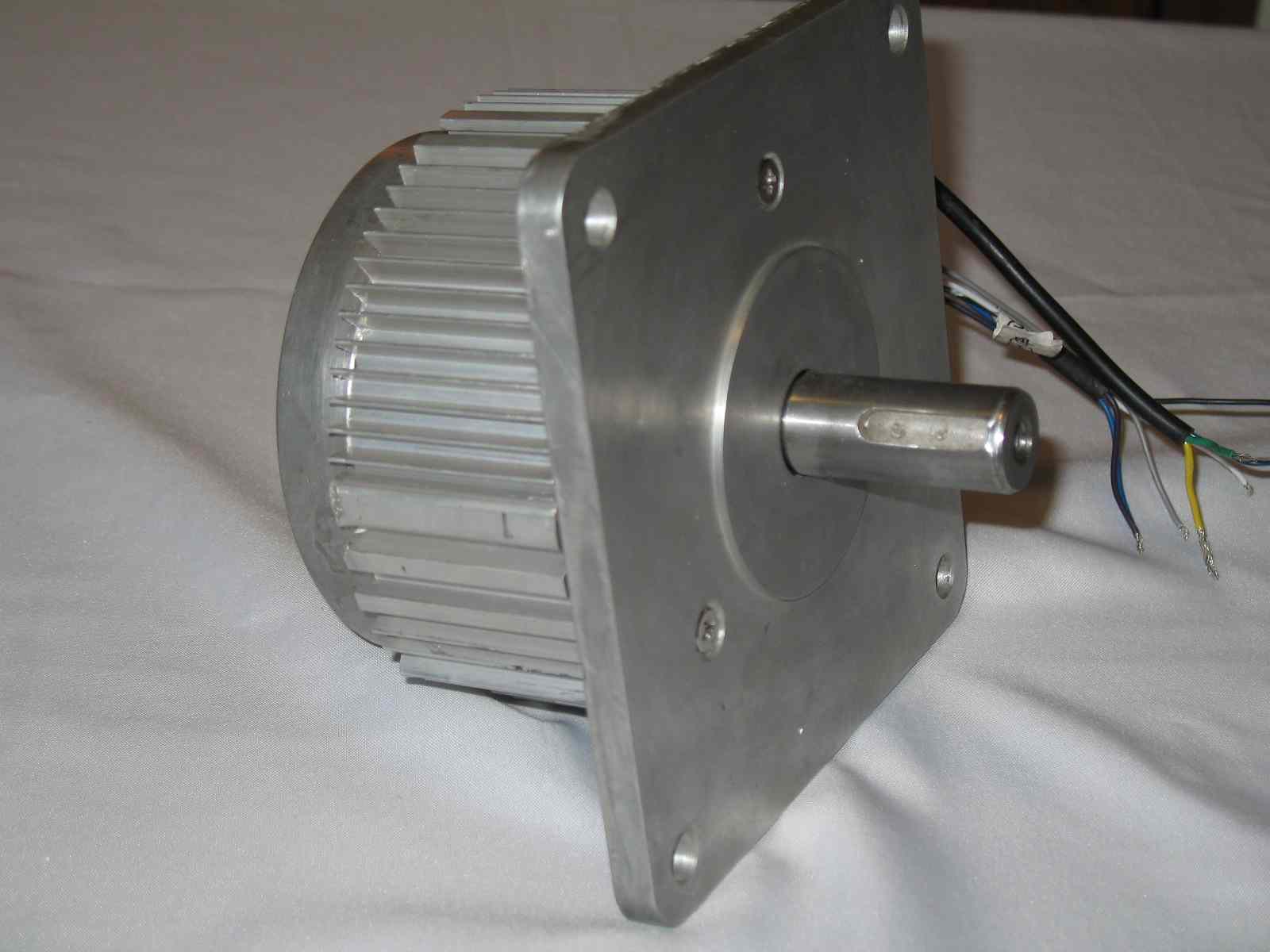
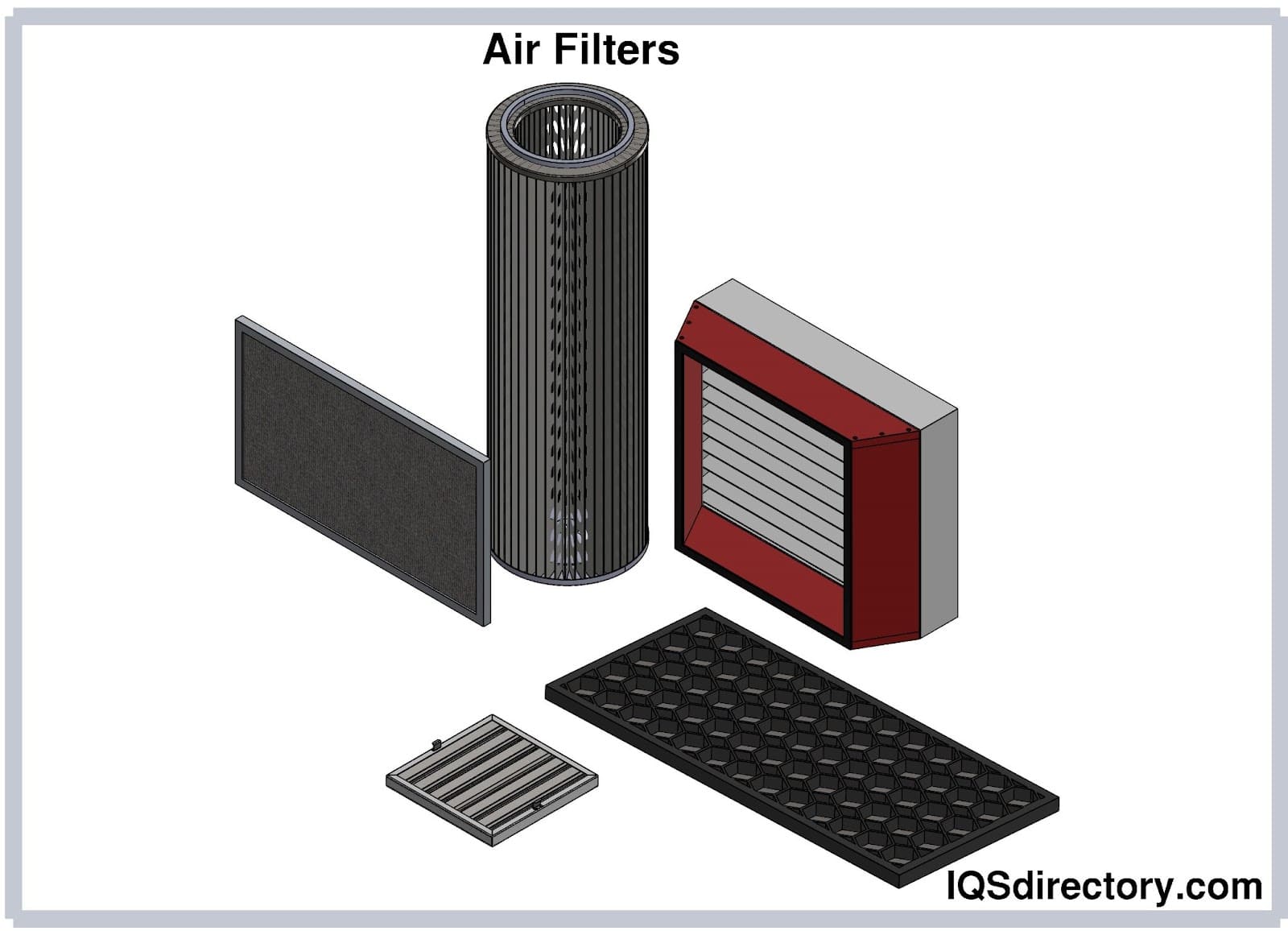
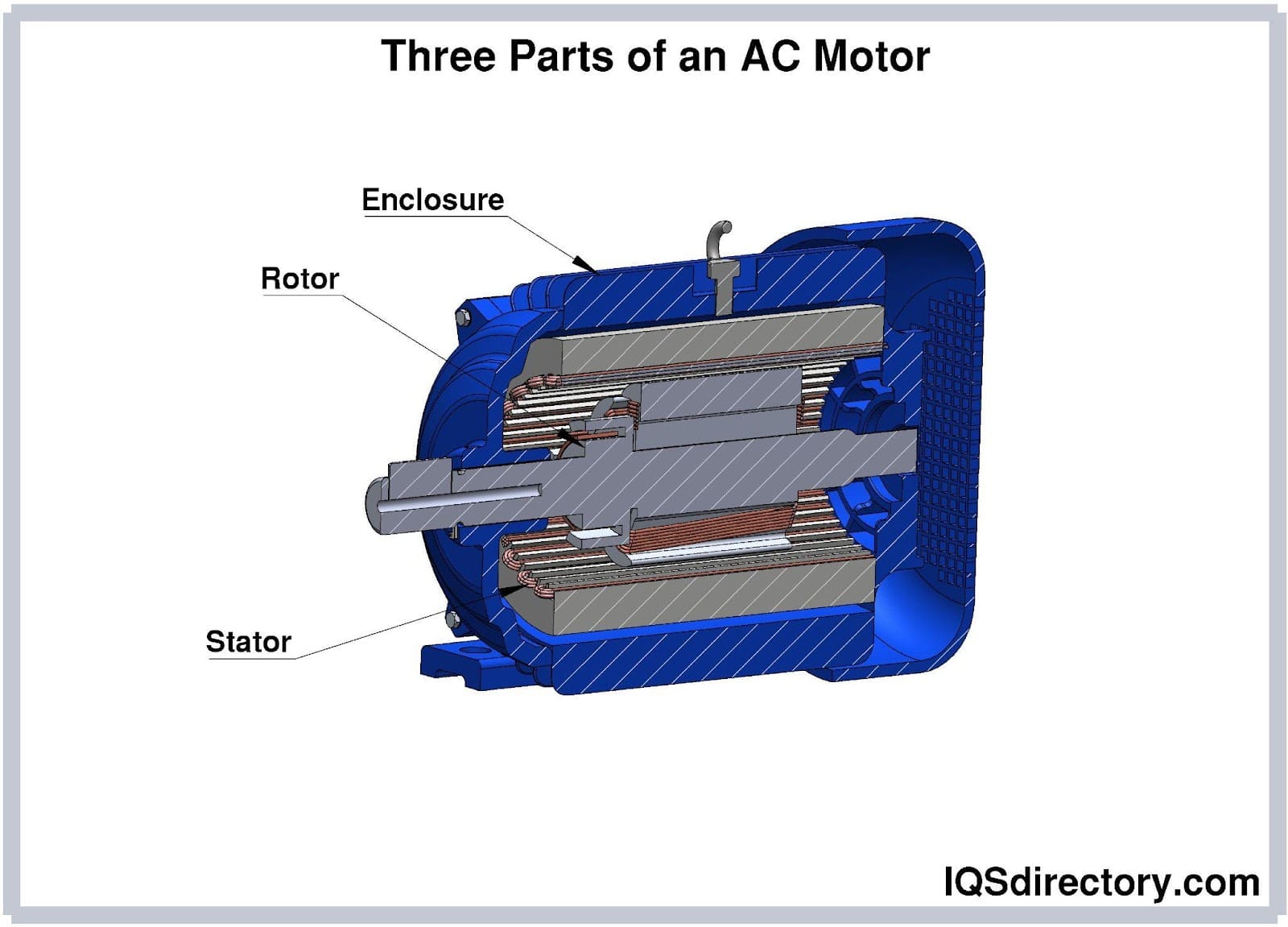
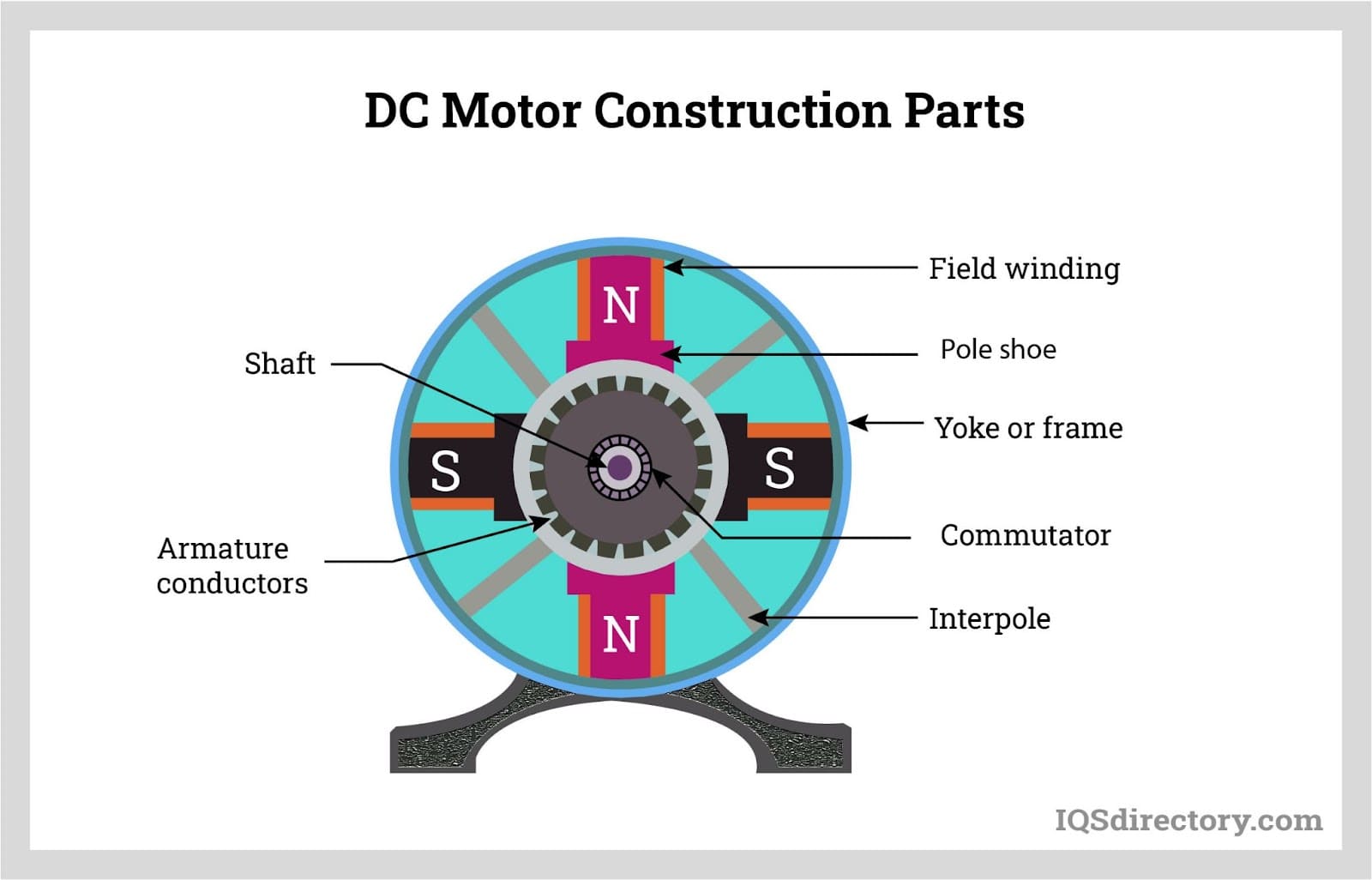

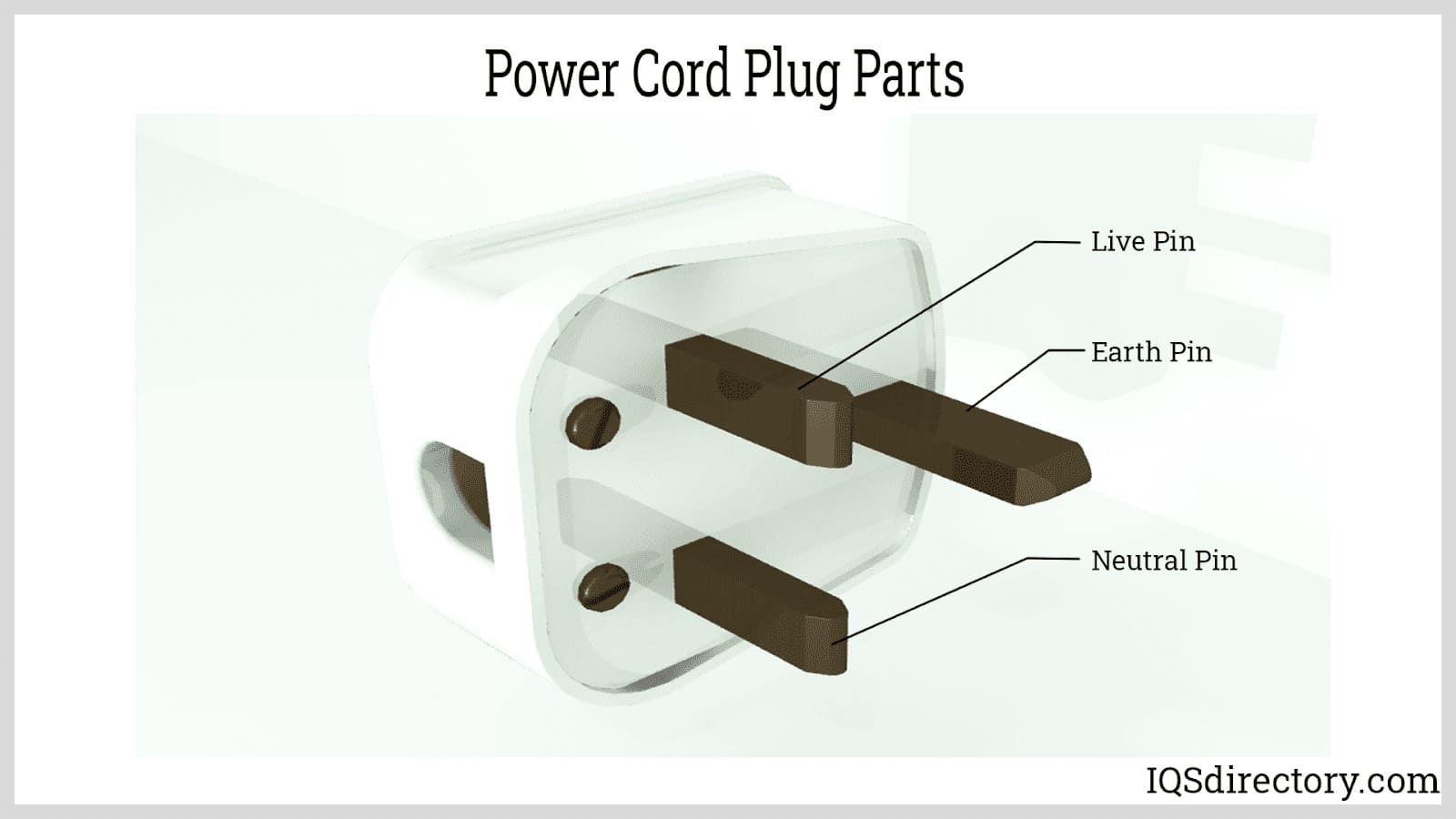
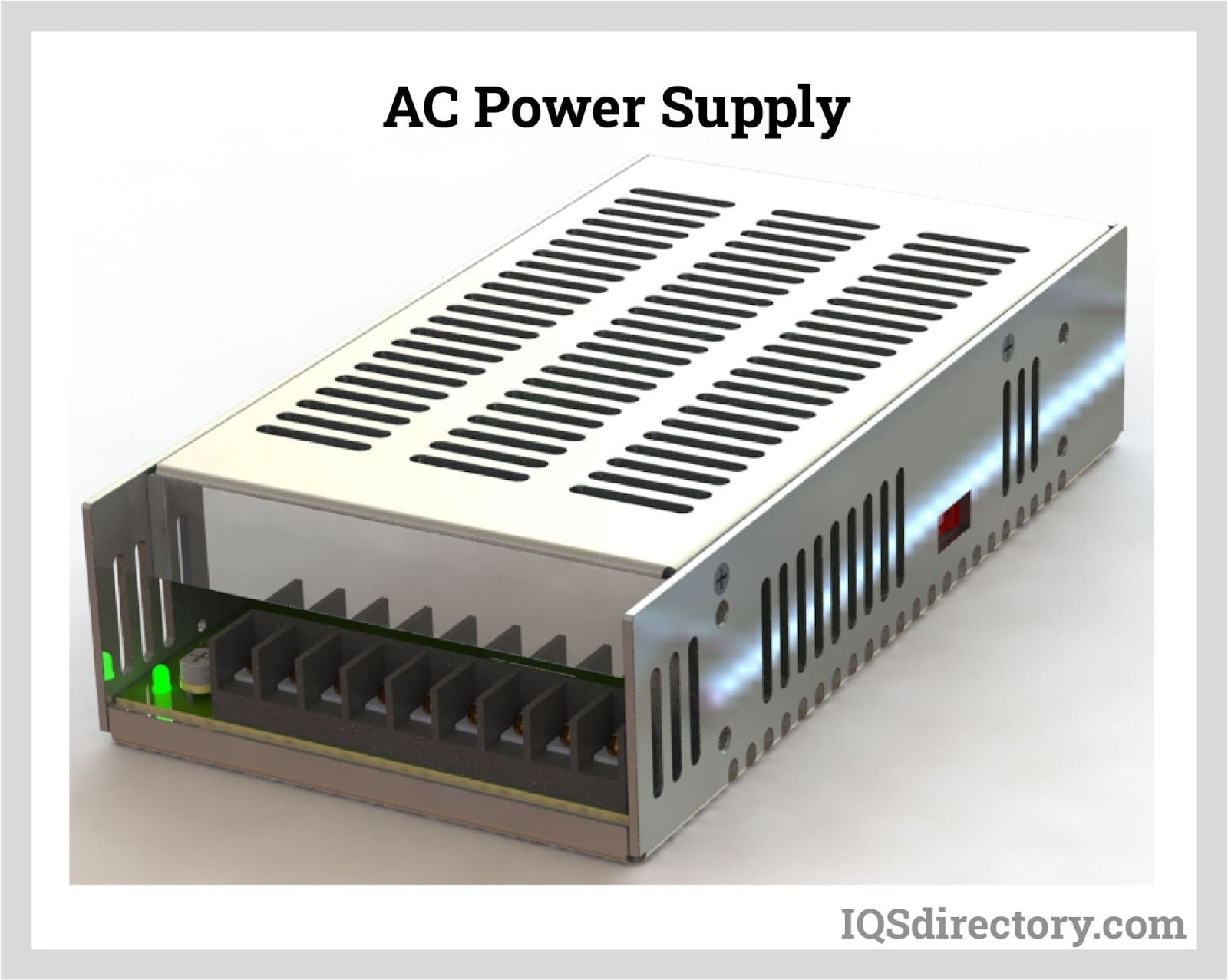
 Air Cylinders
Air Cylinders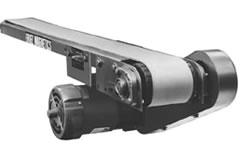 Assembly Machinery
Assembly Machinery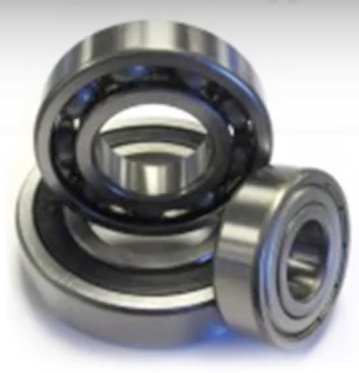 Ball Bearings
Ball Bearings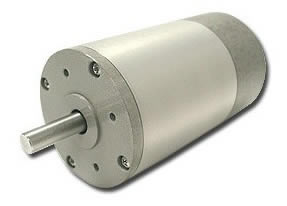 Electric Motors
Electric Motors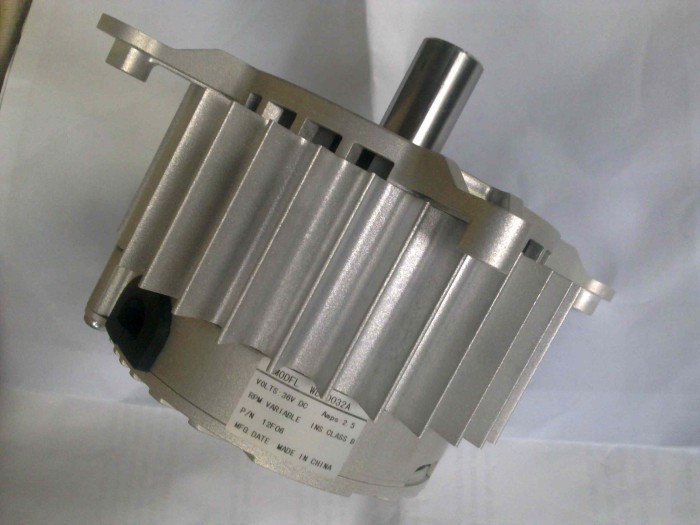 Fractional Horsepower Motors
Fractional Horsepower Motors Friction Materials
Friction Materials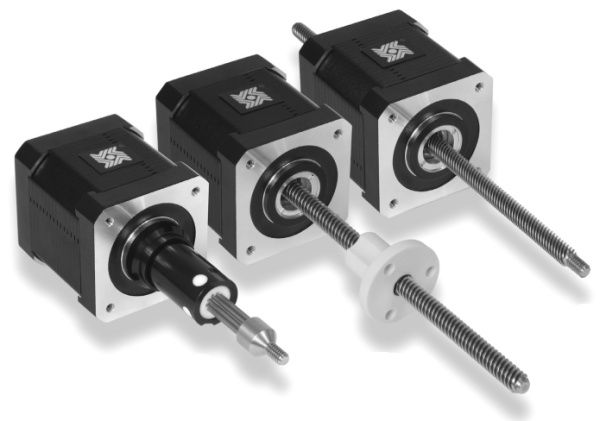 Linear Actuators
Linear Actuators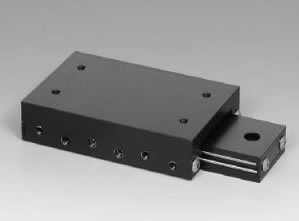 Linear Bearings
Linear Bearings Linear Slides
Linear Slides Castings & Forgings
Castings & Forgings Bulk Material Handling
Bulk Material Handling Electrical & Electronic Components
Electrical & Electronic Components Flow Instrumentation
Flow Instrumentation Hardware
Hardware Material Handling Equipment
Material Handling Equipment Metal Cutting Services
Metal Cutting Services Metal Forming Services
Metal Forming Services Metal Suppliers
Metal Suppliers Motion Control Products
Motion Control Products Plant & Facility Equipment
Plant & Facility Equipment Plant & Facility Supplies
Plant & Facility Supplies Plastic Molding Processes
Plastic Molding Processes Pumps & Valves
Pumps & Valves Recycling Equipment
Recycling Equipment Rubber Products & Services
Rubber Products & Services